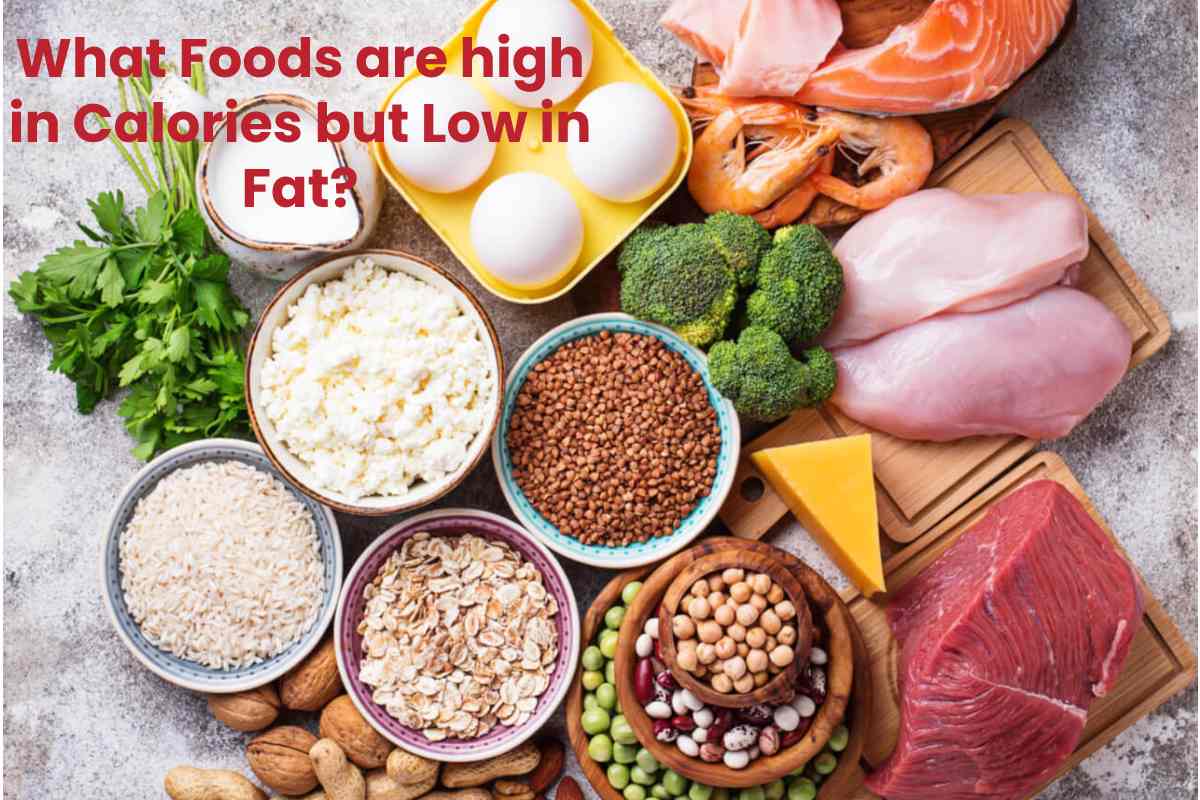Table of Contents
How Much Should I Consume? Quantity and calibre
Knowing how much to eat while trying to achieve or maintain a healthy weight can be challenging. However, getting the proper nutrients and eating the right amount for your weight and activity level can help you age well. This article suggests ways for older adults to get the required nutrients while staying within the daily calorie limit.
How many Calories are Required?
A calorie is a unit of measurement that describes how much energy your body expends when it digests food. Although the calorie count alone does not determine whether a food is nutritious, considering how many calories you require can help guide healthy eating habits. If you are over the age of 60 and want to keep your How many calories do you need to eat per day based on your current weight?
Calories for a Woman
1,600 are not physically active.
1,800 are moderately active.
2,000-2,200 active lifestyle
Calories for a Man
2,000-2,200 not physically active
2,200-2,400 moderately active
2,400-2,600 active lifestyle
Not sure which activity category you belong to? For definitions of each level, refer to the Dietary Guidelines. Walking, jogging, dancing, recreational sports, and other similar activities can help you increase your physical activity level.
Sizes of Servings and Portions
A “serving size” of a food is a standard amount, such as a cup or an ounce. Serving sizes can help you choose foods and compare similar items while shopping, but they are not guidelines for how much of a particular food to consume.
The term “portion” refers to how much food remains served to you or how much you eat. Portion sizes can differ from meal to meal. At home, for example, you could help yourself two small pancakes in one.
In a restaurant, you might get a stack of four pancakes as one portion.
A portion can be larger than a serving size. For example, the serving size for your favourite cereal may be 1 cup on the nutrition label, but you may pour yourself 112 cups in a bowl.
When dining out, portion size can be an issue. Order smaller appetizers instead of an entrée, or share an entrée with a friend to keep your portion sizes in check. Alternatively, eat half an entrée and take the other half home to enjoy a meal the next day.
Changes in Healthy Food
Eating the right amount is essential, but so is getting all the nutrients you require. Older adults frequently require fewer calories but more nutrients, making it critical to consume nutrient-dense foods. You may need to make some food and beverage changes to eating nutrient-dense foods from all food groups. You can change your eating habits over time by making small changes in your food choices.
Healthy Beverage Trends
It’s easy to overlook the calories you get from beverages. If you consume sodas, creamy and sweet coffee drinks, or alcohol, replacing them with healthier options can make a significant difference. Numerous beverage options are low in added sugars, saturated fats, and calories as well as sodium
Conclusion:
Granola, meats, tofu, fish, avocados, milk, beans, sweet potatoes, whole grains, and nuts are all high-calorie foods. Milk is a complete food because it contains all the nutrients our bodies require.

